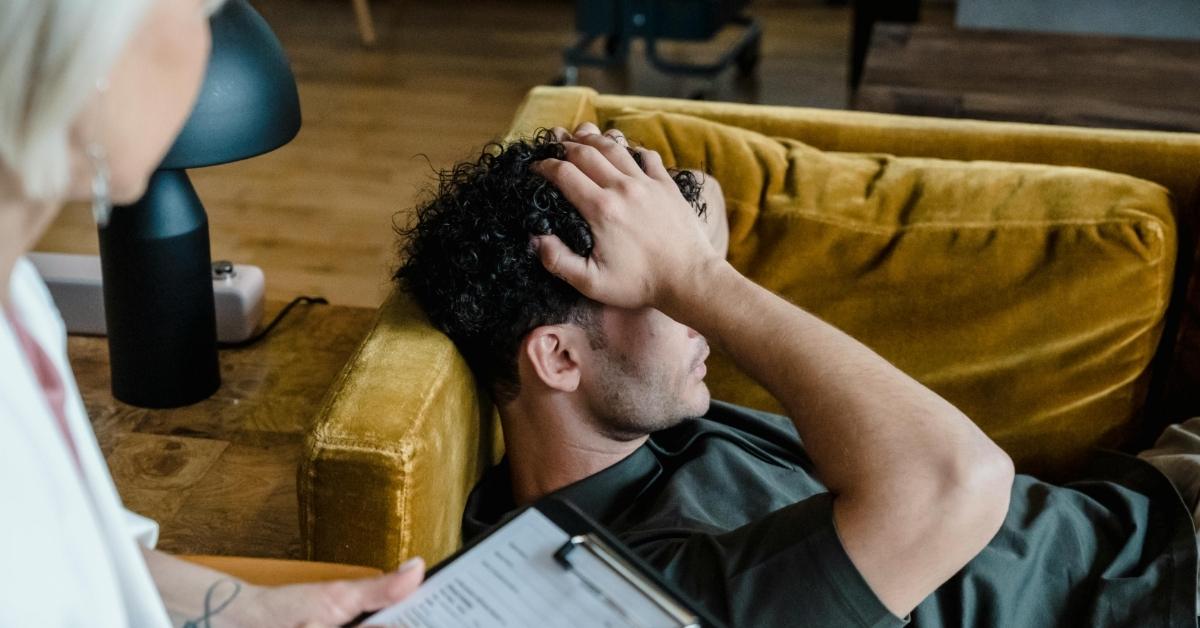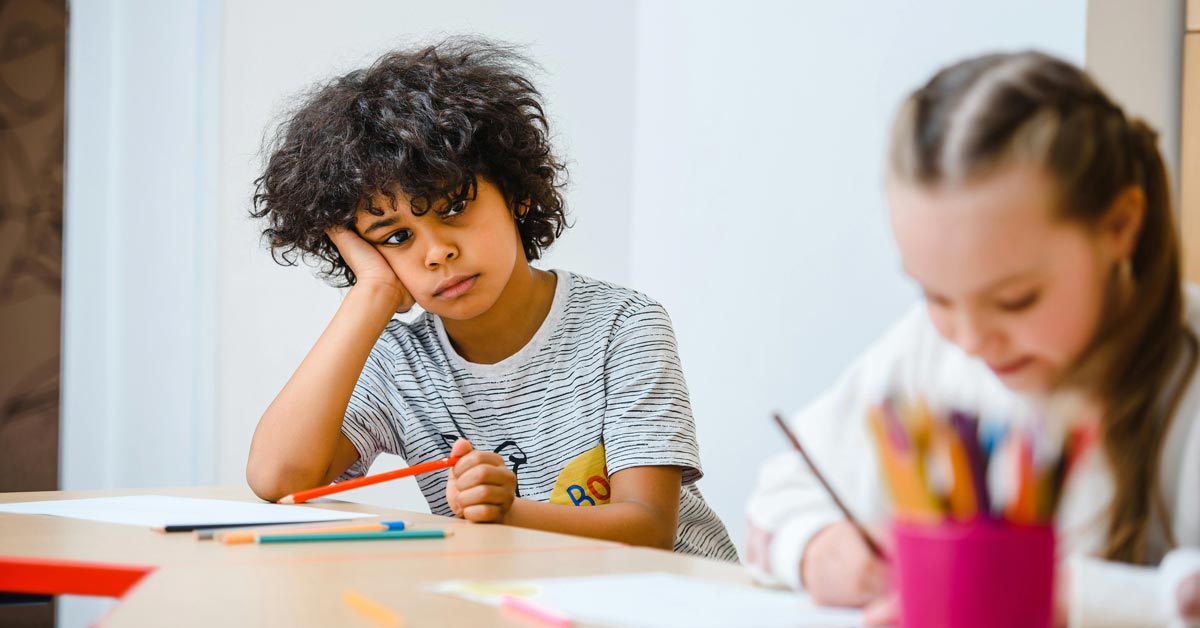When faced with a big decision, it’s not uncommon to be given the advice to “sleep on it.” And while that might feel like a great way to ignore your problems and opt for a little extra rest, as it turns out, it might actually help you out of a pickle.
Researchers at the University of Hamburg recently published a study in the journal “PLOS Biology” that details a sleep study with 90 participants, all helping the scientists discover if snoozing can actually lead to a eureka moment.
The researchers — Anika Löwe, Marit Petzka, Maria Tzegka, and Nicolas Schuck — began by posing a question: How does sleep possibly lead to insight while problem-solving?

Recruiting 90 people for the study, participants were first asked to track a series of dots across a screen. They were given instructions about a seemingly simple task that required them to respond to the dots on a keyboard. However, the instructions left out a trick that could make the task easier.
After four sets of the dot-sorting trial, the subjects were put down for a 20-minute nap and connected to an electroencephalogram to track their sleep.
After the nap, participants were tested again, and 70.6% of them had an “aha moment,” in which they figured out the hidden trick that made the task easier.
All groups improved in the dot-sorting test after their nap, but 85.7% of those who achieved the first deeper sleep phase — called N2 sleep — had the breakthrough.
“I think a lot of us have made the subjective experience of having important realizations after a short nap,” Löwe said in a statement. “It’s really nice to not only have data on that, but also a first direction of what processes are behind this phenomenon.”
Compared to those who had an “aha” moment, 55.5% of those who stayed awake, and 63.6% of participants who dropped into light sleep (also called N1 sleep) experienced a moment of insight.
Reviews of the electroencephalogram patterns showed that a “steeper spectral slope,” the representation of deeper sleep, was associated with a problem-solving breakthrough.

“It’s really intriguing that a short period of sleep can help humans make connections they didn’t see before,” Schuck said. “The next big question is why this happens. We hope that our discovery that it may be linked to the EEG spectral slope is a good first lead.”
In previous work, the authors used the same task to compare how many people might experience “aha” moments without a chance to take a nap, with less than half experiencing a creative breakthrough. But this new body of research — especially that indicator of N2 sleep — suggests that the key to waking up with a stroke of genius is deeper rest.
“The EEG spectral slope has only recently been considered as a factor in cognitive processes during sleep,” Löwe added.
“I find the link between the spectral slope steepness during sleep, aha-moments after sleep and the down regulation of weights — which we identified as crucial for aha-moments in our previous computational work — very exciting.”
For those who often rely on their creative problem-solving skills, the results of this study are especially reflective of their lived experience, Lowe added.
“What really struck me when telling people in my environment — particularly creatives — about these findings was how much they resonated with people,” Löwe said. “Many of them could relate to our results with a personal experience of having a creative breakthrough after a nap.”
Next time you find yourself dozing off at work, you can thank these researchers at the University of Hamburg for giving you a productivity-approved reason to drift off to dreamland.
Header image by Jamie Street on Unsplash



